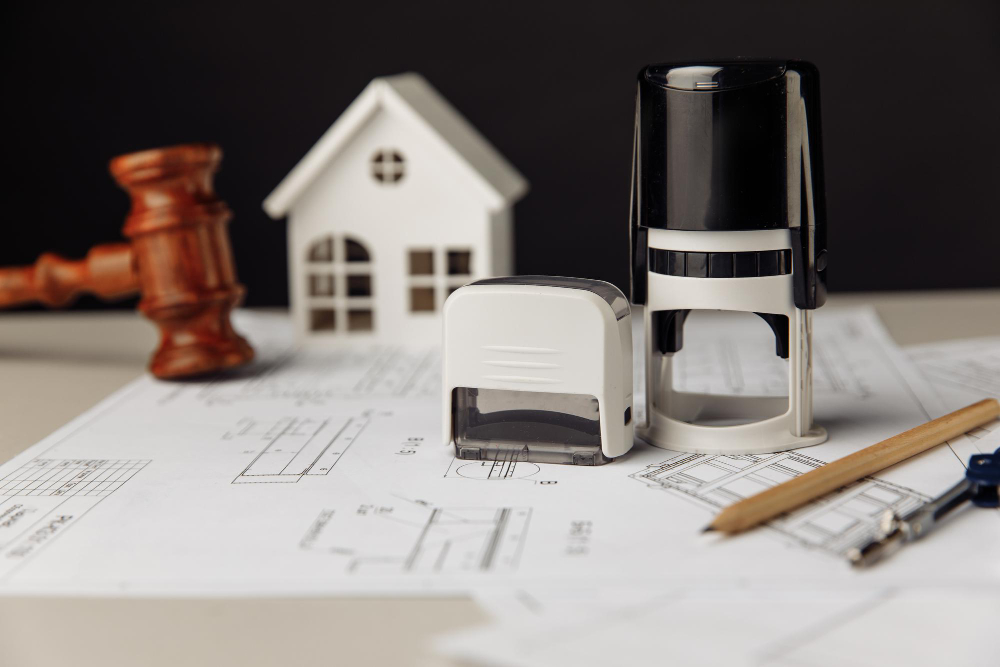Managing a single construction site is one thing. Managing multiple job sites across cities or even states, with separate subcontractors, labor forces, equipment schedules, and compliance obligations, introduces a different level of complexity.

Remote construction management software isn’t just a helpful tool—it’s become a fundamental part of how large-scale and multi-site contractors keep projects on schedule, on budget, and compliant.
Decentralized Job Sites, Centralized Oversight
Why Centralized Control Matters
Remote project oversight hinges on real-time visibility. Superintendents can’t be in two places at once. Project managers need to coordinate dozens of field teams, suppliers, and stakeholders without physically being present at every location. The key challenge is aligning all moving parts—submittals, inspections, deliveries, and change orders—without creating information bottlenecks or relying on field personnel to backfill paperwork days later.
Software platforms such as eZeLogs, Procore, and Autodesk Construction Cloud are designed to bridge that gap. They centralize project data—RFIs, drawings, schedules, weather logs, manpower reports—into a cloud-based system accessible to all authorized parties, no matter the location.
Multi-Project Dashboards
Remote construction management software brings multi-project control into a single interface. Users don’t need to toggle between spreadsheets or login portals. Executive dashboards show progress metrics, daily logs, safety incidents, and labor utilization across multiple job sites. This visibility enables program-level oversight without drowning in detail.
Contractors working on a transit corridor, housing developments, or municipal buildings spread over dozens of locations benefit most. The project executive in a central office can drill into specific issues without waiting for weekly updates.
Core Features That Enable Multi-Site Management
Live Daily Reporting
One of the most critical pieces of remote oversight is real-time field reporting. With remote-capable software, field personnel log daily activities, labor hours, and equipment use from their mobile devices. These reports are instantly synced to the cloud and visible to project managers and stakeholders off-site.
- Manpower counts auto-populate from digital timecards
- Site conditions include photo documentation and weather overlays
- Inspection notes and delays are timestamped and geotagged
This process eliminates the need to chase after end-of-week reports or reconcile paper logs.
Remote Plan Updates and Revision Control
Changes to drawings, specifications, or site instructions must be distributed instantly. With cloud-based construction platforms, versioned documents are pushed to all users automatically. This eliminates the risk of crews working from outdated drawings—a common cause of costly rework.
Remote platforms also provide revision tracking and view history, so project managers can verify that the correct documents were received and reviewed by subcontractors or field teams.
Equipment and Material Tracking
Managing resources across job sites becomes chaotic without proper systems. Remote software tools now incorporate equipment telematics, material delivery logs, and tracking systems to ensure resources are available where needed.
- GPS-enabled equipment shows current location and usage status
- Material deliveries are logged with supplier timestamps and receiving party confirmation
- Resource forecasts identify shortages or double bookings
This coordination ensures that no crew is standing idle waiting for a backhoe that’s sitting unused at another site 10 miles away.
Communication Across Distributed Teams
Unified Communication Channels
Managing construction across locations requires more than email. Remote software platforms provide unified communication hubs where RFIs, meeting notes, directives, and issue logs are visible to all relevant team members.
This reduces the need for separate email threads, attachments, and side conversations that can lead to miscommunication or duplicated work.
- Subcontractors respond to RFIs directly through the platform
- Field engineers upload clarification photos or videos
- Owners and architects can comment on submittals without downloading
In high-stakes public-sector construction, especially in cities like New York or Los Angeles, having an auditable trail of communication also mitigates legal and compliance risks.
Virtual Site Walks and Documentation
Platforms like OpenSpace or HoloBuilder let project managers conduct virtual site walks using 360° image capture. This is critical when teams are working on dozens of job sites in parallel.
- Weekly captures document progress and safety
- Comparison tools highlight discrepancies from planned work
- Owners can “visit” the site without disrupting active zones
This type of asynchronous site monitoring supports lean teams and reduces travel time while still maintaining accountability.
Safety and Compliance in a Remote Model
Digital Safety Logs
Safety performance can’t be sacrificed for scale. Remote construction platforms include safety modules for logging toolbox talks, inspections, and incident reports. Supervisors input safety logs via mobile, and corporate safety officers access them instantly.
Key safety features include:
- Automated alerts for overdue inspections
- Digitally signed toolbox talks with attendee logs
- Photo documentation of violations or hazards
In union environments or on public projects, this level of recordkeeping ensures that site safety is actively managed even when executive teams are offsite.
Regulatory Documentation
When managing projects in multiple jurisdictions, remote systems help standardize and track compliance across varying local regulations.
- Permits and inspection records are stored per site
- DBE participation, certified payroll, and insurance documents are linked to each contractor
- Digital audit trails reduce risk in case of dispute or investigation
Contractors working with agencies like the MTA or Caltrans often face tight documentation scrutiny. Remote software ensures nothing falls through the cracks when dealing with city, state, and federal compliance layers.
Integrating the Field with the Back Office
Real-Time Cost Tracking
Remote construction software bridges the gap between what’s happening on site and what’s reflected in the accounting system. Percent complete entries, change order approvals, and material usage feed into cost modules that update forecasts automatically.
This prevents project teams from waiting until the 25th of the month to know they’re off budget.
- Subcontractor billings are matched to approved work
- Change orders reflect real field conditions
- Budget dashboards update daily
This linkage enables true proactive project management rather than reactive cost controls.
Labor Management Across Locations
Managing workforce logistics across multiple jobs is simplified with integrated time tracking and crew scheduling tools. Remote platforms now allow:
- Crew assignment and dispatch by location
- Skill-based filtering for specialized labor needs
- Overtime tracking and wage compliance alerts
In labor-constrained markets, visibility into where crews are deployed—and whether they’re underutilized—can have a direct impact on project margins.
Also Read:
Safety First: Enhancing Toolbox Talks with AI-Powered Safety Management in Ezelogs
Smart HR for Construction: Boosting Payroll Efficiency with Ezelogs’ AI-Enabled HRM Tools
Compliance Made Easy: How AI-Enabled Certified Payroll in Ezelogs Simplifies Regulatory Reporting
Centralizing Your Data: The Power of Ezelogs’ Product Data Sheet Library for Faster Submittals
Voice-Activated Efficiency: Transforming Construction Management with Ezelogs’


